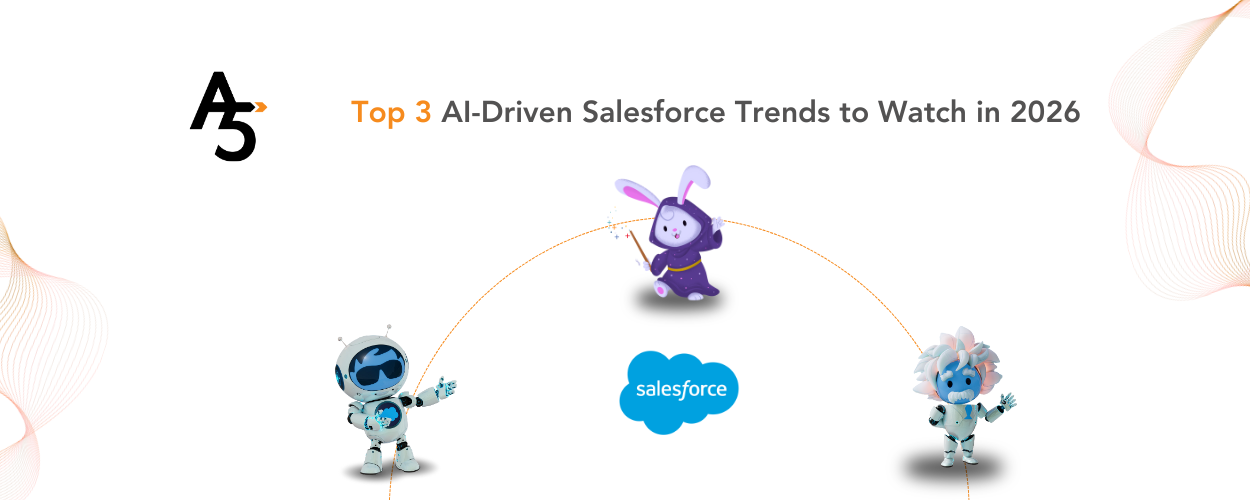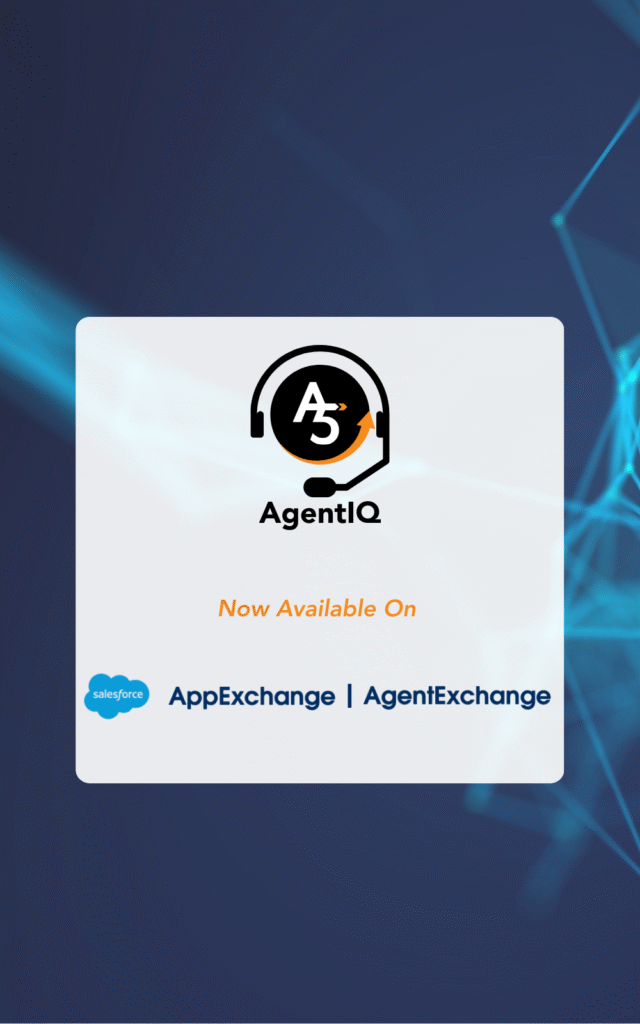Chatbots are no longer just a good-to-have technology stack but a necessity in this ever-changing and ever-demanding customer experience we deal with. Cognitive technologies, native machine learning, and natural language processing are technological features that revolutionizes customer experience every day. According to a November report by Deloitte on Conversational UI, “such technology can handle large data sets to process, evaluate, and respond to inputs, mimicking human conversation. This enables numerous customer engagement applications, including common uses such as billing support, customer authentication, and FAQ responses, and more sophisticated applications, such as technical support.”
“83 percent of respondents in Deloitte’s State of AI Survey said they had achieved moderate or substantial benefits from their work with AI technologies, and 94 percent said AI is very or critically important to their success.”
This article will provide an overview of how Chatbots can be used in your business and major considerations for implementing Chatbots.
Application of Chatbots
Chatbots are not going away and will be more frequent because they are a more natural way for humans to interact with a machine, as a dialog, either written or text. Furthermore, chatbots will have a 99% uptime and can immediately respond to customers 24/7, thereby expanding service hours outside normal business hours and time zones.
- Recent studies show that 65% of millennials prefer to communicate through text.
- Recent studies have also shown that speech to text (talking to a computer) is faster than typing.
- Recent advances in machine learning algorithms have reduced speech-to-text error rates to 6%, a 4% reduction from last year!
Therefore, any user interaction with an app or webpage can utilize a Chatbot to increase the user’s experience.
Will websites be completely audible, like talking to Siri on my iPhone? They can, but most likely not. The reason is that humans are still very visual. Therefore, website assistants (Chatbots) will become more common. These assistants will be like assistants in an Apple Store. They will be visible to you can browse at your own leisure. Ask them questions, navigate you to the item/answer that your request, and then act as a register to take your payment. All this happens the entire time you were navigating the site.
Business tools that will most likely become obsolete with Chatbots: Website Search bar Contact Us Page, Support Pages and FAQ’s, Web forms / Data Entry, Site filter criteria (search layout with picklist to find products), User Logins (Machine learning algorithms will recognize your voice, which is as distinct as your fingerprint, to allow premium access to a site.
Considerations
Chatbots consist of the following elements: Customer Channels, Context, Intents, Dialogs, Actions, Integrations, and Pricing.
Customer Channel identifies where and how you communicate with your customers/users, for example, Social Media, Mobile App, Phone, SMS, and/or Chat App. Customer Channels can be split into two major categories: Text and Speech.
Text Examples: Facebook Messenger, Twilio SMS or Voice, Slack, Web Chat, Twitter, Mobile App, and/or Custom.
Speech (Speech to Text): Siri (Apple), Alexa (Amazon), Cortana (Microsoft), and Custom.
Speech to Text requires an additional layer of Machine Learning to Translate the audio into Text. This can be either in real-time or batched. Once the audio is converted to text, the chatbot interacts the same as Text Chatbots. Also, there will usually be a Text to Speech function on the responses so the chatbot can reply to the users.
Context is used in natural language processing so the algorithm can understand technical/specific/trade vocabulary. Without proper context, an algorithm’s speech-to-text recognition could drop from 90% to 60%, which is not good. Since most industries have a specific vocabulary, machine learning algorithms might need to be trained to understand these terms. Special training is not hard. It just requires data to train the algorithm. If this is a requirement, switching to a VoIP or phone service that can record all phone conversations would be a mandatory first step, so we could gather data to start training the Chatbot on how to recognize your industry-specific language.
Intents are the core of the Chatbot’s functionality. Machine Learning algorithms use Natural Language Processing to extract meaning from the statement made by the User. Based on the key phrases, the Algorithm will then match pre-defined intents, leading the user into different dialogs with the Chatbot. This process will continue until the dialog with the customer is complete.
Dialogs vary between Chatbots, as they can be linear, non-linear, or both. Linear dialogs are types that have a specific start point and endpoint with pre-determined steps in-between.
An example is Ordering a Pizza would have these specific steps for all orders: 1) Choose Size, 2) Choose Toppings, 3) Choose Sauce, 4) Choose Sides, 5) specify delivery Address, and 6)specify Payment Info.
Non-linear dialogs will not have specific steps, and the steps can be added or removed based on the information the user provides. Example – Searching for a Home – User will have home criteria, which will change available options, for example, City, Price, #beds, #baths, pets. Then based on the application, income, credit, references can again change the options for the users. Accepting credit card payment is a simple example, as to whether or not the credit card is approved will change the next steps of the Chatbots dialog.
Actions can be performed with Chatbots in real-time to provide record lookups, record creation, or any actions utilizing any available API via webhooks and REST API requests. When a phone number or email address is passed to the Chatbot, it can query salesforce for a contact record that matches and respond with the Contact Name. Or, if no match is found, the chatbot can create a new record.
Hybrid Chatbot/Agent Models can escalate customer conversations when certain actions the chatbot cannot perform or when the customer’s tone becomes negative/frustrated. Dialogs can be mapped so certain customer requests direct them to an agent. Additional Machine Learning algorithms can be included to monitor the customer’s tone, so when the sentiment becomes negative, the customer can be escalated to an agent.
Customizing and Integrating your Chatbot is easy. There are Chatbot building tools such as Api.ai, Converse.ai, Flow. xo, Microsoft LUIS that allows you to create Chatbot intents in a drag and drop fashion. Some like api.ai and converse.ai can let you create complex linear/non-linear dialogs. Most allow some form of integration, such as webhooks and HTTP requests. Some only allow a single endpoint, where others allow you to create a many as you wish. Almost all allow for multiple channels to deploy your bot, such as Twillio, Slack, Skype, Facebook Messenger, etc.
Pricing varies tremendously among the different platforms and the type of channels, volume, and integrations you require. All Chatbot implementations should strongly consider the required usages of the Chatbot and what the pricing impact will be for the platform of choice. Any aspect of a Chatbot can easily be customized with coded and hosted on your own server if your requirements are beyond the scope of any platform.
Contact us today so we can help strategize the best ways to implement your custom ChatBot!





